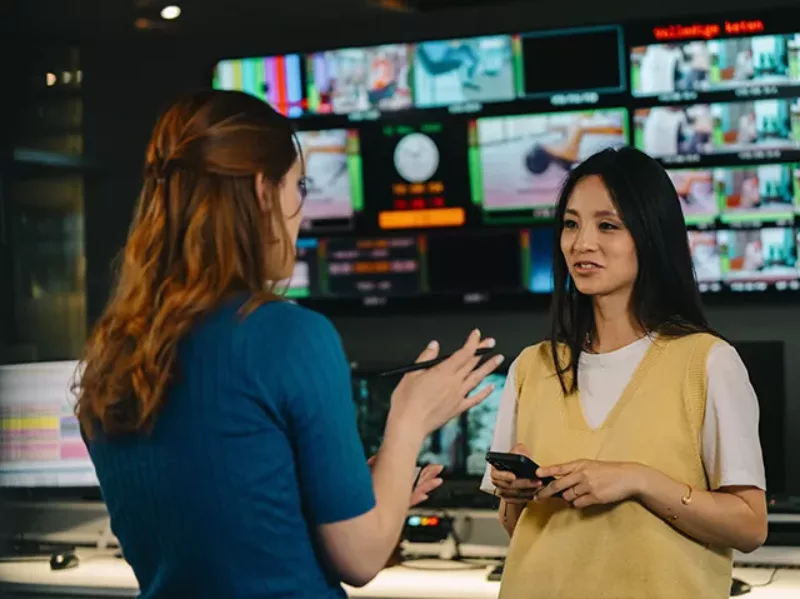Resources
Events and webinars
Filter on event type
-
18 Jun. 2025
Personalization within the content supply chain – A Devoncroft interview with Globo and Mediagenix
Listen now – How content recommendations & personalized search are significantly improving the user experience on Globo’s Globoplay service.
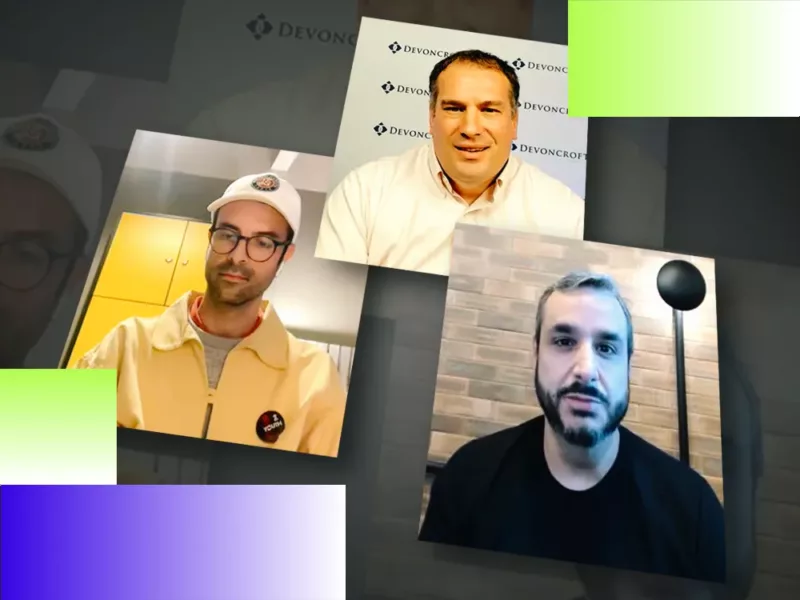
-
27 May. 2025 – 29 May. 2025
BroadcastAsia 2025
Join us at the BroadcastAsia in Singapore, May 27 – 29 (booth 5C1-4). Discover innovative, data-driven, and automated ways to strategize, manage, schedule and personalize your content — effortlessly and collaboratively.

-
06 Apr. 2025 – 09 Apr. 2025
NAB Show 2025
We had a fantastic time at the NAB 2025 Show in Las Vegas, where we showcased how to revolutionize connecting the right content with the right audience. Attendees discovered innovative, data-driven, and automated solutions to effortlessly and collaboratively strategize, manage, schedule, and personalize content.
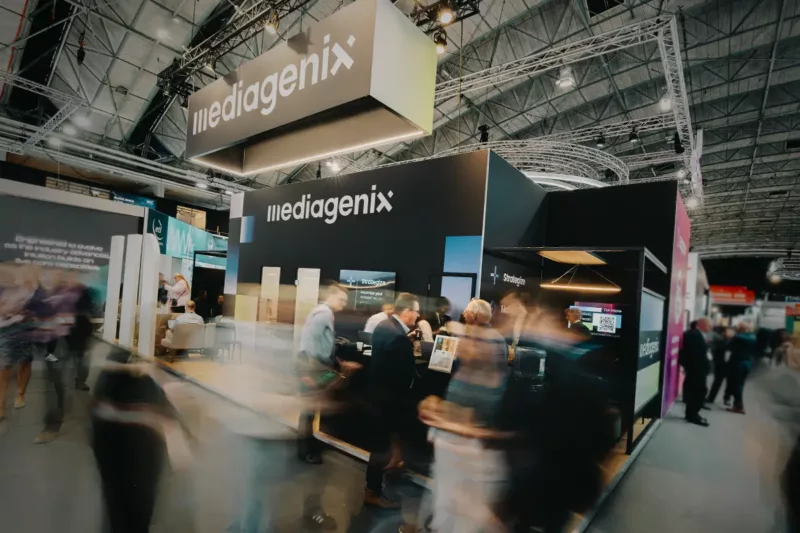
-
20 Feb. 2025
The Content Strategy Challenge
Watch this 30-minute webinar, as we delve into the challenges media companies face when developing content strategies amid rapid industry transformation.
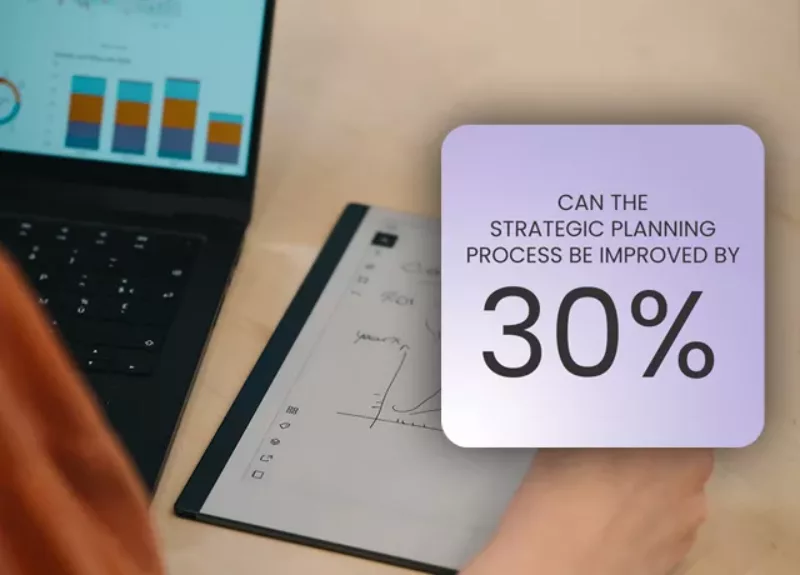
-
06 Feb. 2025
The Content Value Management Challenge
Watch this 30-minute webinar to discover the essential tools and tactics media companies need to optimize content preparation and distribution for maximum Content Lifetime Value.
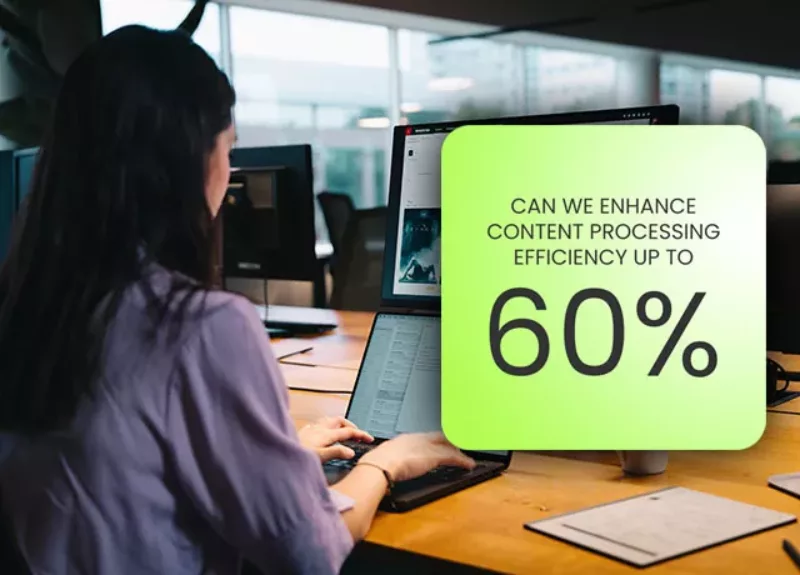
-
03 Dec. 2024
The Content Scheduling Challenge
Watch this 30-minute webinar video and learn how you can boost programming speed and agility for maximum audience engagement across platforms.
